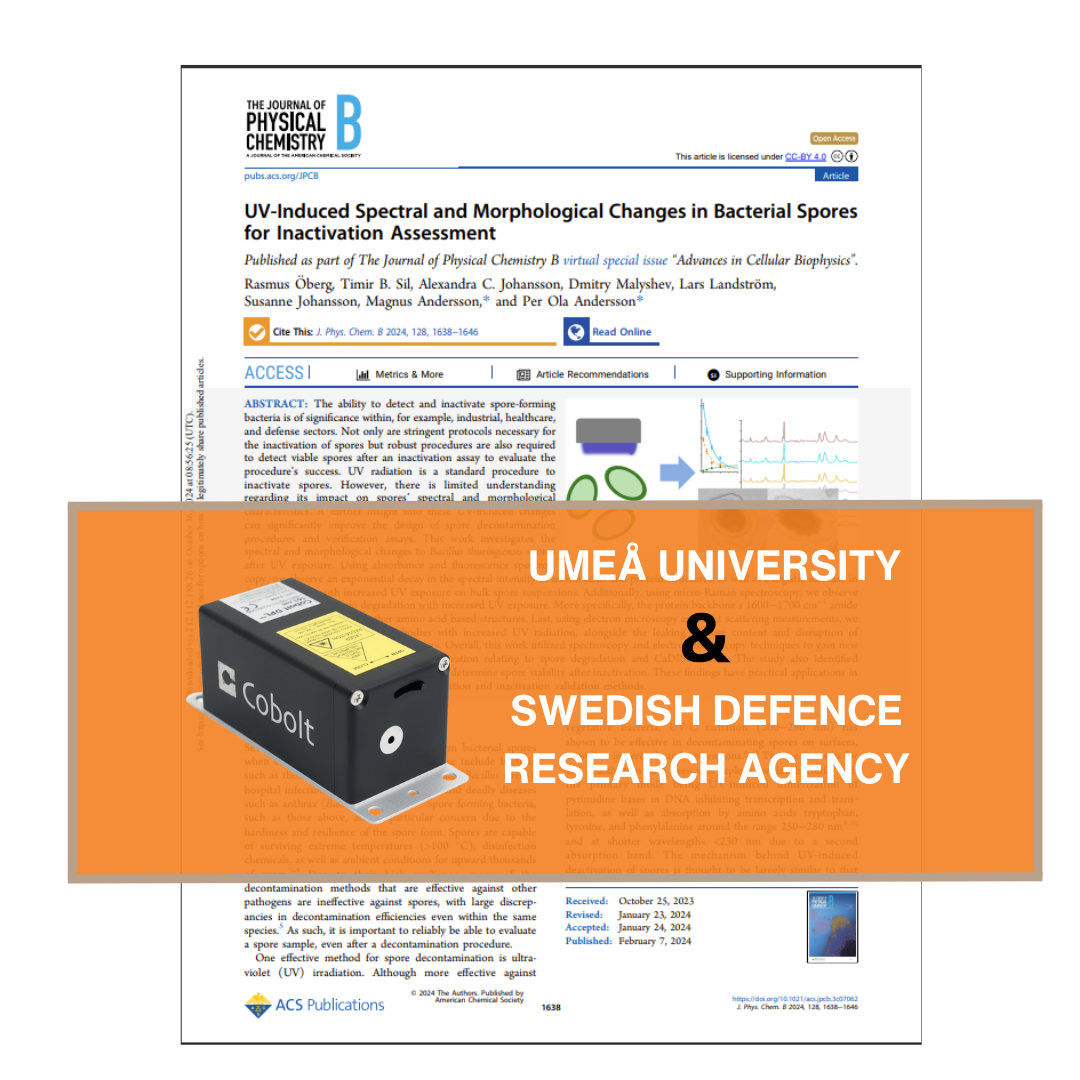New Insights into UV-Induced Changes in Bacterial Spores
UV-Induced Spectral and Morphological Changes in Bacterial Spores for Inactivation Assessment
A recent study published in The Journal of Physical Chemistry B has unveiled critical findings on the effects of UV radiation on bacterial spores. The research, led by Rasmus Öberg and his team from Umeå University and the Swedish Research Agency, explores how UV exposure alters the spectral and morphological characteristics of Bacillus thuringiensis spores.
The study highlights the importance of understanding these changes for improving spore inactivation protocols, which are vital in various sectors including healthcare, industry, and defense.
Using advanced spectroscopic and imaging techniques, the researchers observed significant degradation in protein structures and the release of dipicolinic acid (DPA) upon UV exposure.
To acquire Raman spectra from single spores, the team used a custom design laser tweezer Raman spectroscopy setup. The system was constructed around an inverted microscope with our Cobolt 08-NLD 785 nm laser with an output power of 120 mW.
Using absorbance and fluorescence spectroscopy, they observe an exponential decay in the spectral intensity of amino acids and protein structures, as well as a logistic increase in dimerized DPA with increased UV exposure on bulk spore suspensions. Additionally, using micro-Raman spectroscopy, they observed DPA release and protein degradation with increased UV exposure.
These insights are expected to enhance the design of spore decontamination procedures and validation methods, contributing to more effective and reliable inactivation strategies.
More resources
Looking for more in-depth information? Visit our Knowledge Bank page for detailed articles and insights on our products and technologies.


